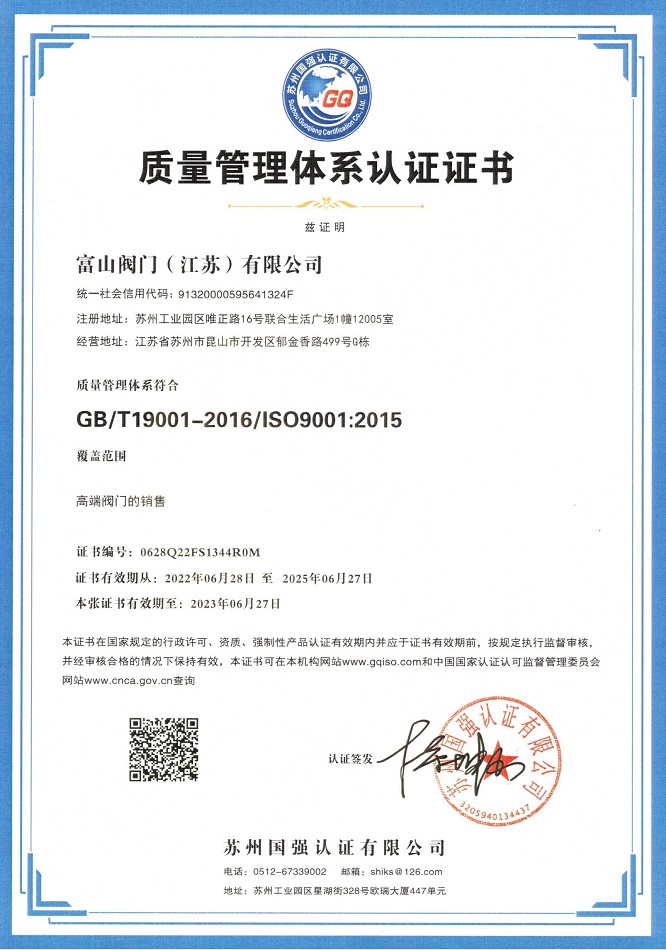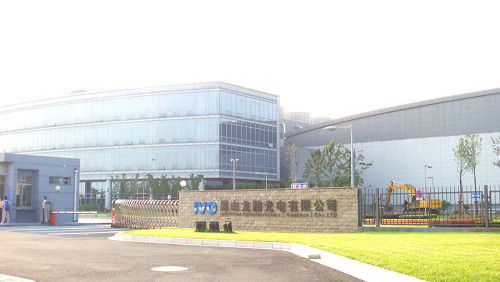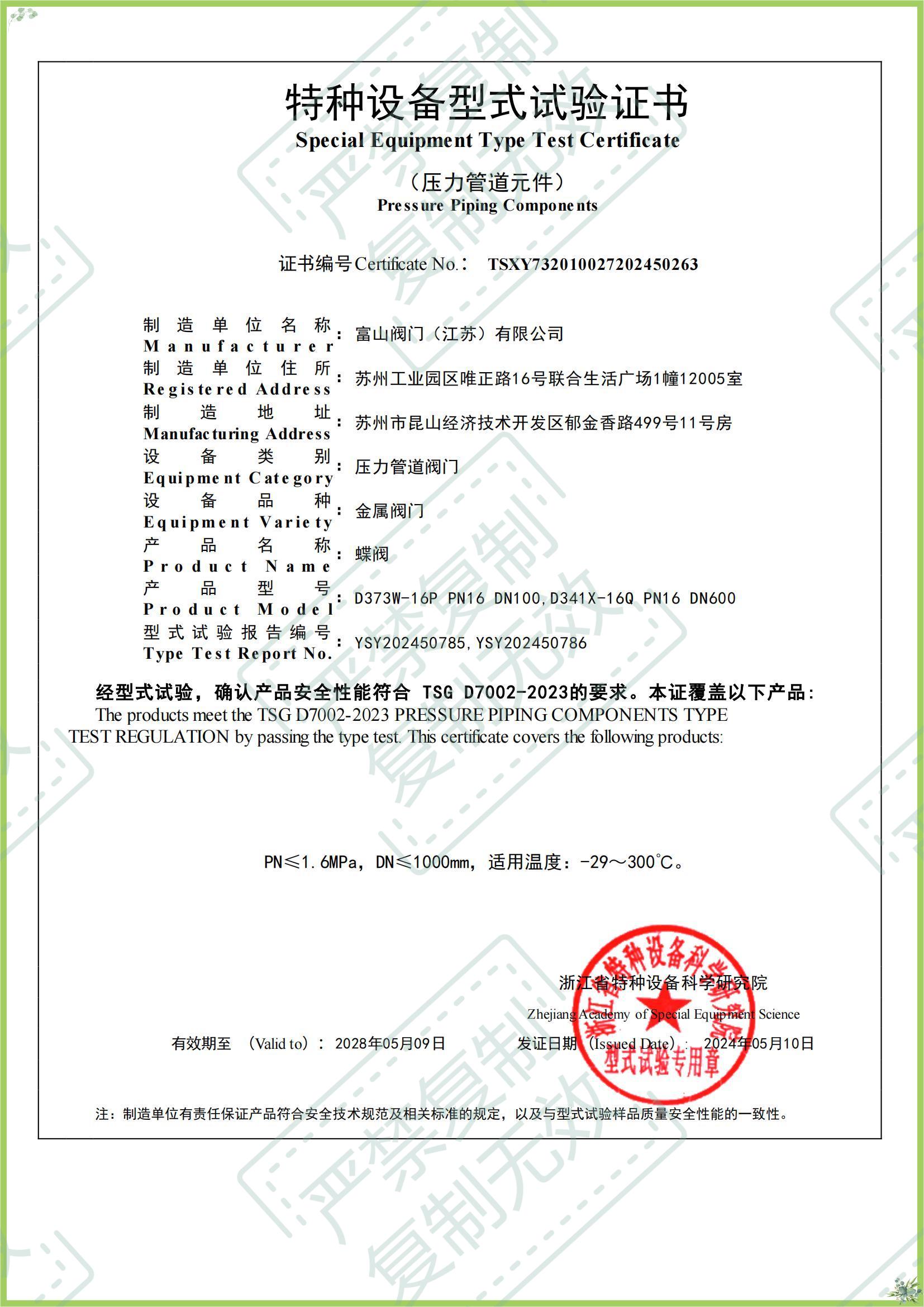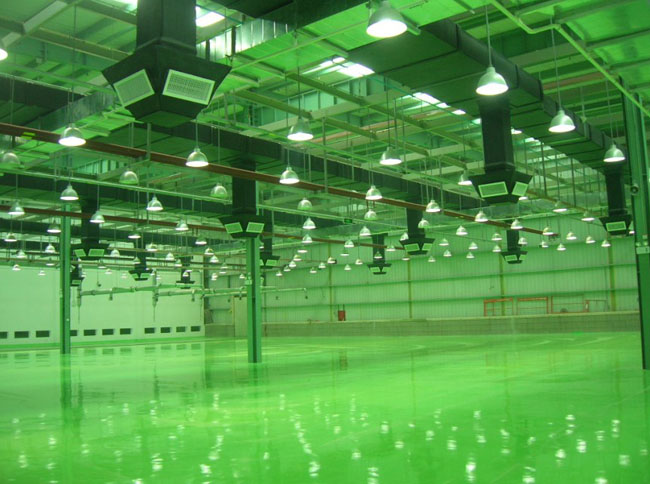In steam energy-saving technology, the use of high pressure transmission and low pressure is a basic principle. Low pressure use can provide a greater proportion of latent heat in steam, reduce the heat content of condensed water, reduce the amount of secondary steam, and have a higher dryness.
There are many industries using pressure reducing valves in China, but there are also many problems. For example, some pressure reducing valves only achieve pressure reducing functions and cannot maintain pressure,
Causing damage to downstream steam consuming equipment. Some pressure reducing valves often experience upstream pressure fluctuations or downstream load changes, making it difficult to achieve pressure control. Some pressure reducing valves continuously increase downstream pressure when they are not loaded, resulting in overpressure.
As we know, there are many types of pressure reducing valves, such as membrane type and inner spring piston type. The pressure on the lower side of the metal diaphragm of the internal pilot piston type pressure reducing valve causes the diaphragm to move upward and close the main valve. The pressure on both sides of the piston slowly equalizes. The main valve finds a position point when the downstream pressure is equal to the set pressure. The main valve position is established and adjusted to the set pressure. The normal position of the externally piloted membrane pressure reducing valve before starting is when the main valve is closed, while the pilot valve is opened by spring force. The steam enters the main diaphragm chamber through the pilot valve, and a portion of the steam flows out through the control hole. The control pressure in the main diaphragm chamber increases. When the main valve is opened, as steam flows through the main valve, the downstream pressure rises, and is fed back to the lower part of the main diaphragm by a pressure sensing pipe (to ensure stable downstream pressure, a downstream pressure sensing pipe should be installed). This force balances the spring force on the upper part of the diaphragm, causing the pilot valve to gradually throttle and close, thereby maintaining the pressure in the main valve diaphragm chamber, controlling the opening of the main valve, and delivering an appropriate amount of steam, Maintain stable downstream pressure. When the downstream pressure rises, the feedback pressure increases, the pilot valve closes, and the control pressure is released through the control hole, causing the main valve to close tightly. Any downstream load changes or pressure fluctuations will be fed back to the underside of the pilot valve diaphragm, thereby regulating the opening of the main valve and ensuring the stability of the downstream pressure.
Although these two common pressure reducing valves may not be suitable for all working conditions, as long as we select the pressure reducing valve based on the operating conditions and flow rate, we can solve the problems such as the pressure reducing valve can only reduce pressure and cannot stabilize pressure, or there are upstream pressure fluctuations or downstream load changes, and when there is no load, the downstream pressure continues to rise, resulting in overpressure phenomena.







